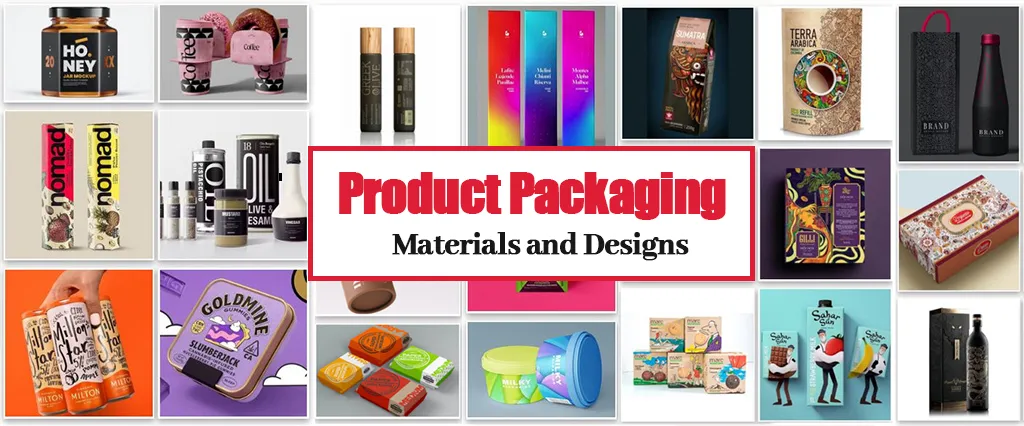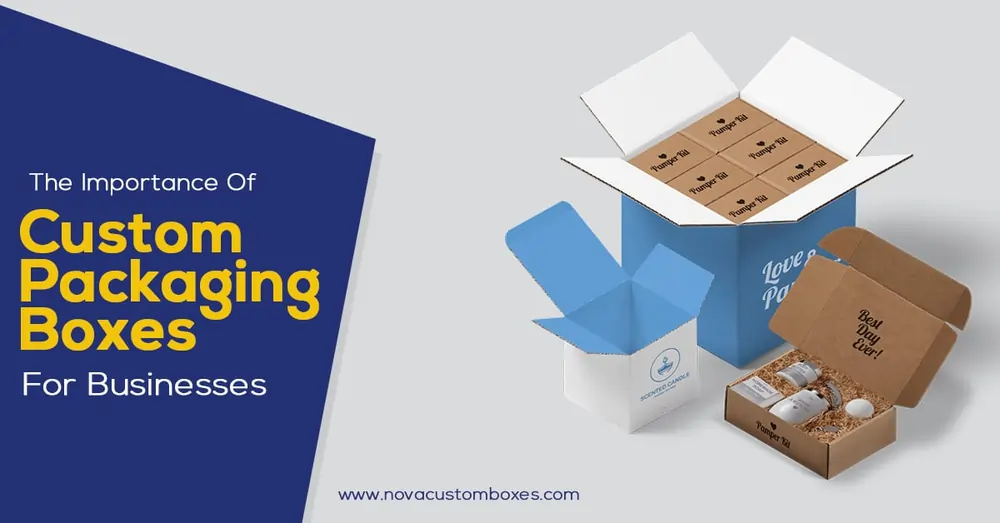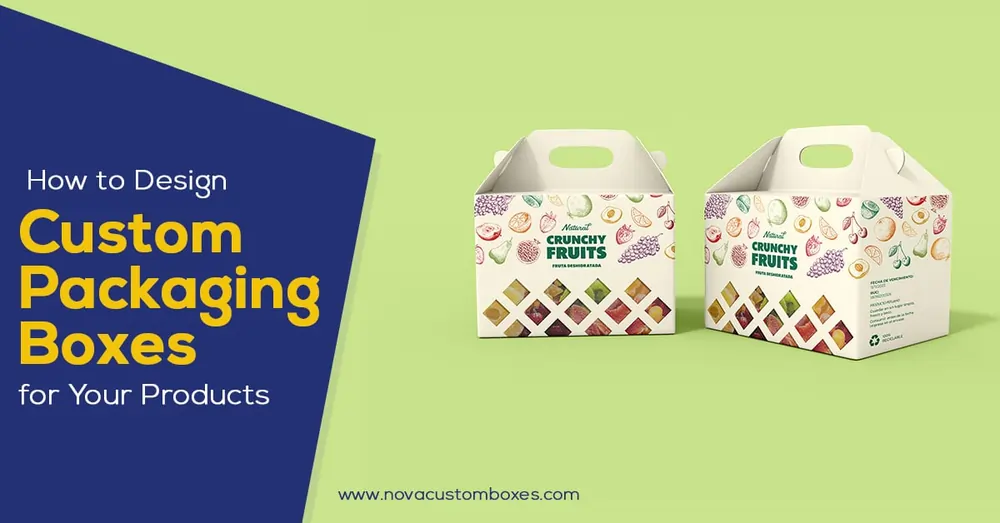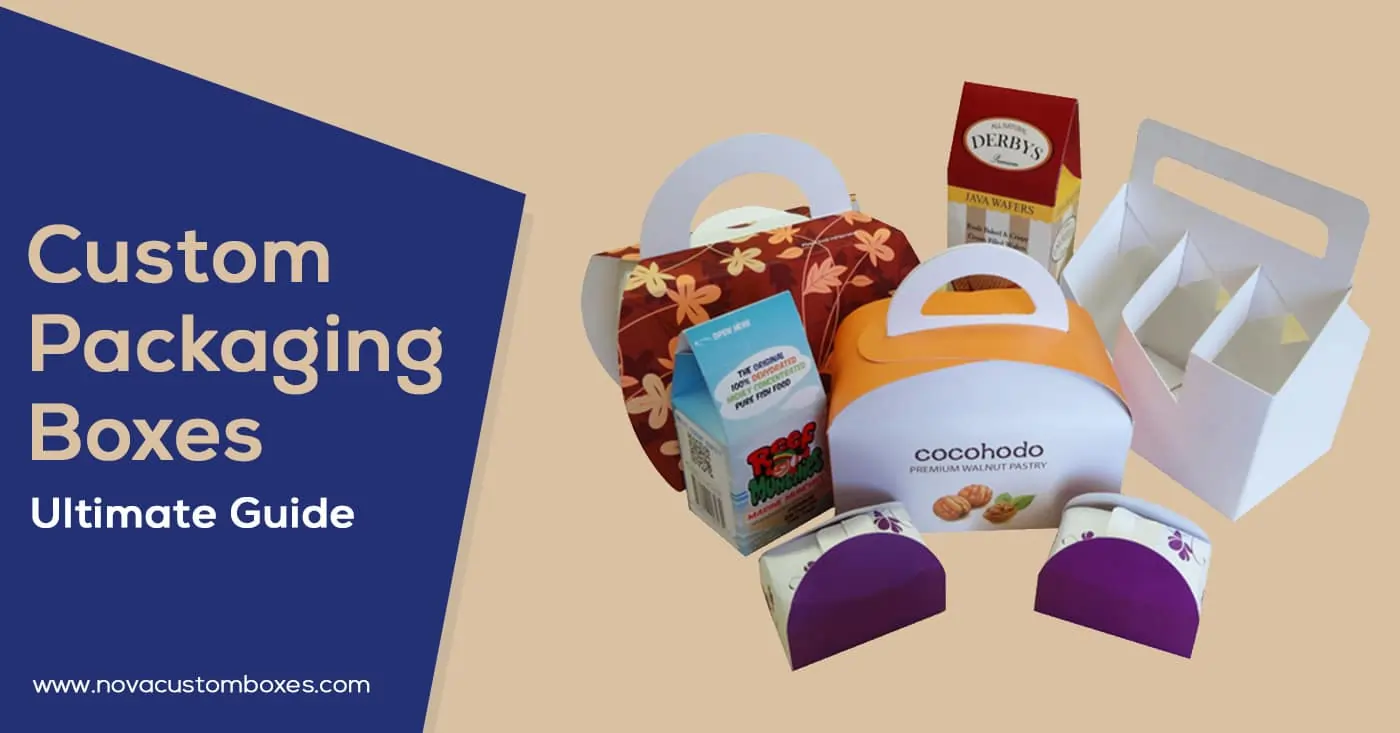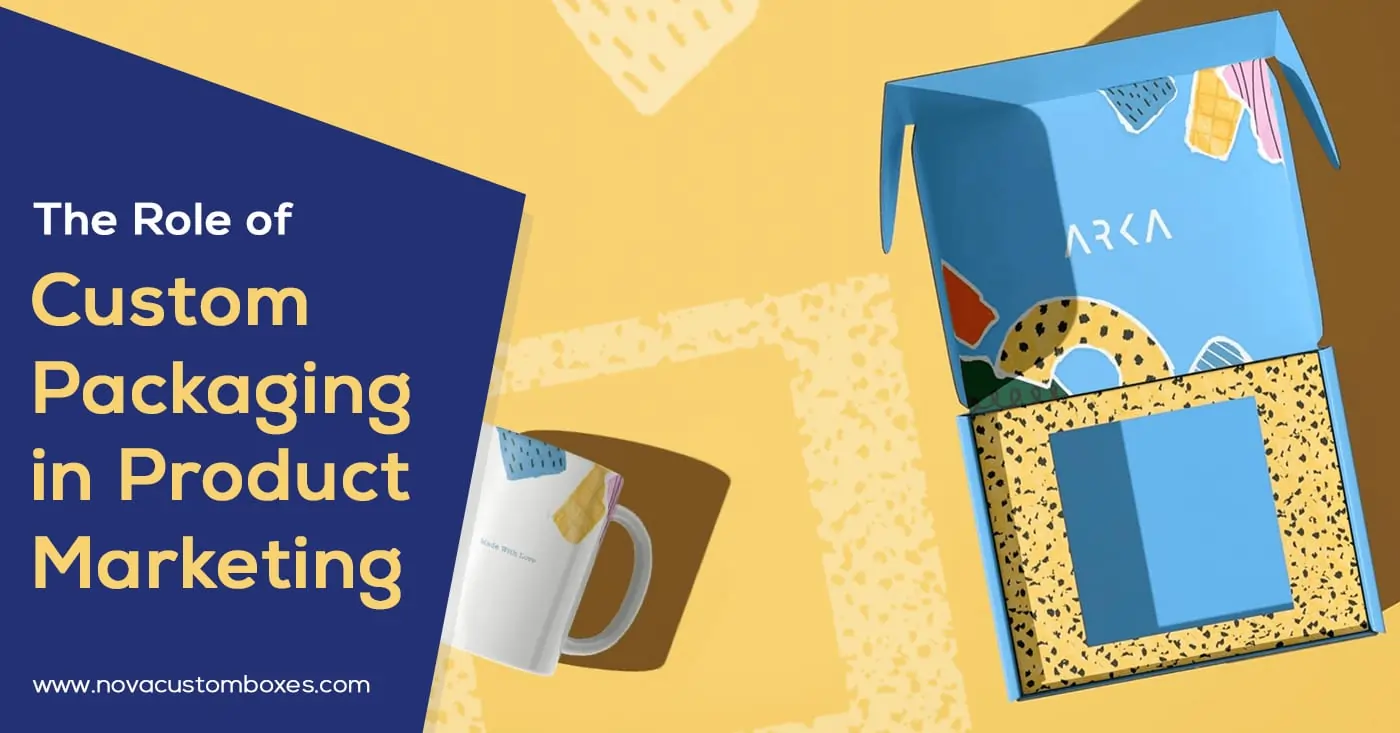Introduction
Product packaging is an essential component of the consumer experience. It’s the first thing customers see when they encounter a product, and it plays a crucial role in their purchasing decisions. Whether it’s a sleek, minimalist design or a bold, colorful one, packaging can significantly impact a product’s success. In this guide, we’ll delve into the world of product packaging, exploring its importance, types, design principles, sustainability, and future trends
The Importance of Product Packaging
First Impressions Matter
Packaging is often the first point of contact between a product and a potential customer. A well-designed package can grab attention, convey the brand message, and entice customers to pick up the product.
Protection and Preservation
Packaging protects the product from damage during transportation and storage. It also helps in preserving the product’s quality, especially for perishable goods.
Information and Branding
Packaging provides essential information about the product, such as ingredients, usage instructions, and expiry dates. It also serves as a branding tool, helping to establish brand identity and recognition.
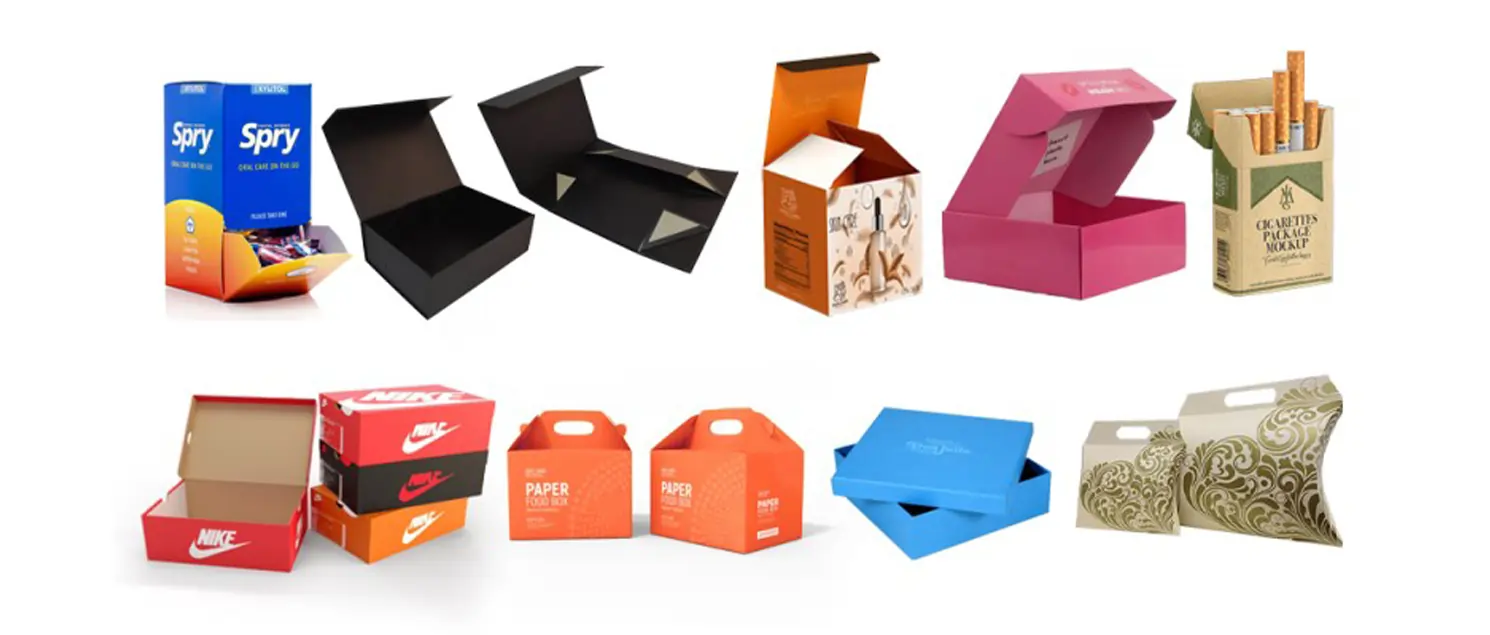
Types of Product Packaging
Primary Packaging
Primary packaging is the layer of packaging that comes into direct contact with the product. Examples include bottles, cans, and wrappers.
Secondary Packaging
Secondary packaging is used to group multiple primary packages. Examples include custom boxes, cartons, and shrink wraps.
Tertiary Packaging
Tertiary packaging is used for bulk handling, storage, and transportation. Examples include pallets and crates.
Design Principles for Product Packaging
Simplicity and Clarity
Effective packaging design is simple and clear. It should communicate the product’s purpose and benefits at a glance.
Functionality
Packaging should be easy to open, use, and store. It should also protect the product effectively.
Aesthetics
The visual appeal of packaging is crucial. Colors, typography, and images should align with the brand and attract the target audience.
Sustainability
With growing environmental awareness, sustainable packaging has become a priority. Using eco-friendly materials and reducing waste are key considerations.
Sustainable Packaging
Eco-Friendly Materials
Materials such as recycled paper, biodegradable plastics, and plant-based materials are gaining popularity.
Minimalist Design
Reducing the amount of packaging material used and opting for simpler designs can help minimize waste.
Reusable and Refillable Options
Packaging that can be reused or refilled by consumers contributes to sustainability.
Future Trends in Product Packaging
Smart Packaging
Smart packaging incorporates technology, such as QR codes and NFC tags, to provide additional information and enhance the customer experience.
Personalized Packaging
Customizing packaging to individual preferences and occasions is becoming increasingly popular.
Minimalist and Eco-Friendly Designs
The trend towards minimalism and sustainability is expected to continue, with more brands opting for eco-friendly packaging solutions.
Conclusion
Product packaging is a critical aspect of the product experience. It not only protects and preserves the product but also serves as a powerful marketing tool. By understanding the importance of packaging, the types available, and the principles of effective design, brands can create packaging that not only attracts customers but also promotes sustainability. As trends evolve, staying informed about the latest developments in packaging will be essential for staying competitive in the market.
FAQs
1. What is the primary purpose of product packaging?
The primary purpose of product packaging is to protect and preserve the product, provide information, and enhance its appeal to consumers.
2. How can packaging influence consumer behavior?
Packaging can influence consumer behavior by attracting attention, conveying brand values, and providing essential information that aids in decision-making.
3. What are some examples of sustainable packaging materials?
Examples of sustainable packaging materials include recycled paper, biodegradable plastics, and plant-based materials.
4. What is smart packaging?
Smart packaging incorporates technology, such as QR codes and NFC tags, to provide additional information and enhance the customer experience.
5. Why is minimalist design important in packaging?
Minimalist design is important in packaging because it reduces material use, minimizes waste, and often aligns with modern consumer preferences for simplicity and sustainability

